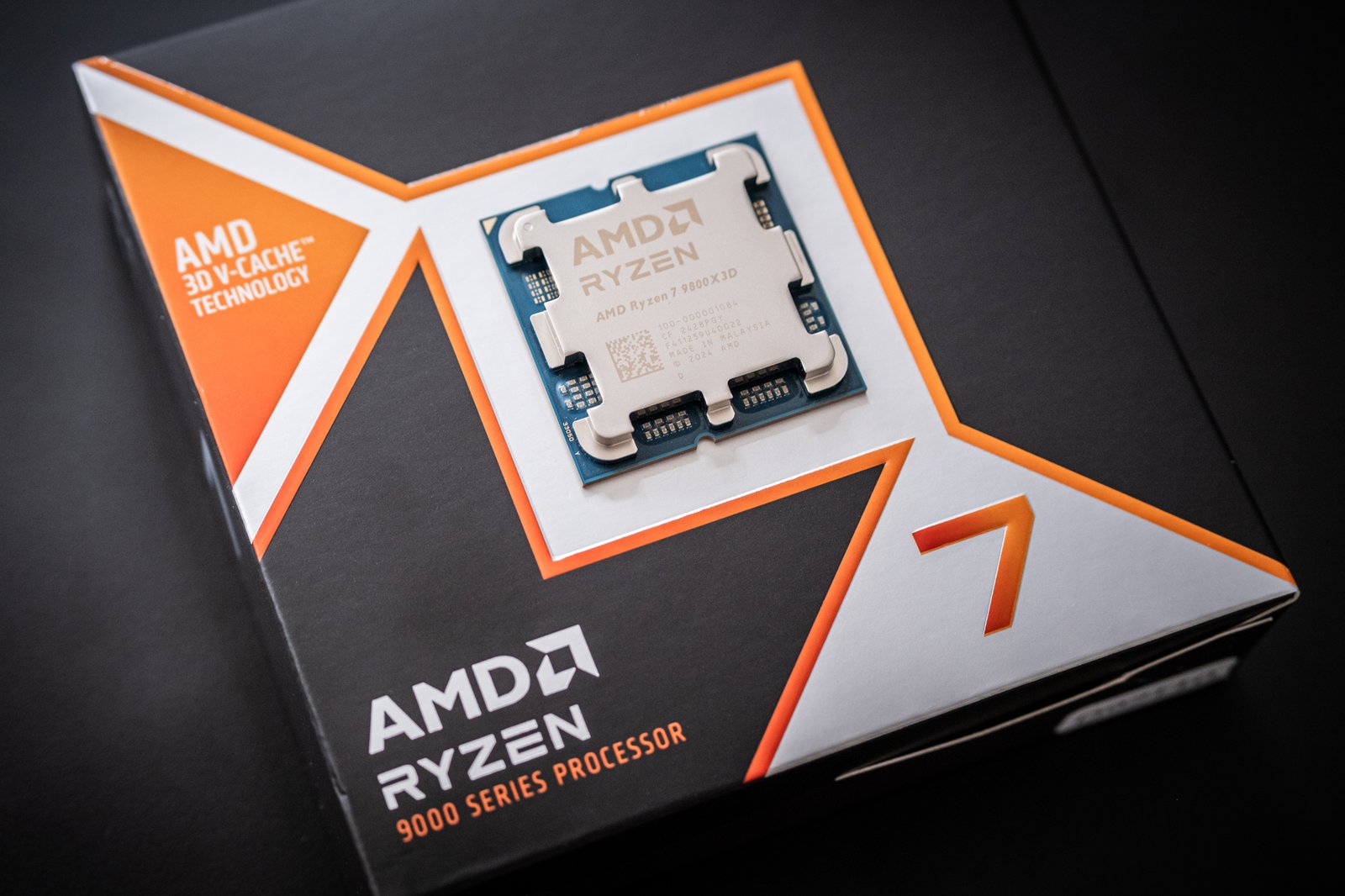Welcome to The Full Nerd newsletter—your weekly dose of hardware talk from the enthusiasts at PCWorld. Missed the shocking topics on our YouTube show or freshest news from across the web? You’re in the right place.
Want this newsletter to come directly to your inbox? Sign up on our website!
Intel and Nvidia’s partnership is huge. Brad even called it the biggest tech news to drop this decade.
This momentous alliance spans both consumer and enterprise, for starters. It marks several major firsts, too. Each company will integrate the other’s technology into their chips—Nvidia embedding Intel CPUs into its AI data center platforms, and Intel joining Nvidia RTX graphics with its consumer processors. Nvidia also is now an Intel shareholder, taking a roughly 4 percent stake in the company after an investment of $5 billion. And Nvidia makes its first foray into x86 as well.
The announcement caused a flurry of surprise and interest. The Full Nerd crew speculated plenty on the implications of the partnership, as did our Discord members. More than one person wondered: Is AMD screwed?
This question is a half-joke, a reference to what Gordon used to ask about Intel over the years (and even turned into a series of videos with Steve Burke of Gamers Nexus). It’s also a fair question, as joint Intel-Nvidia silicon could result in juggernaut chips.
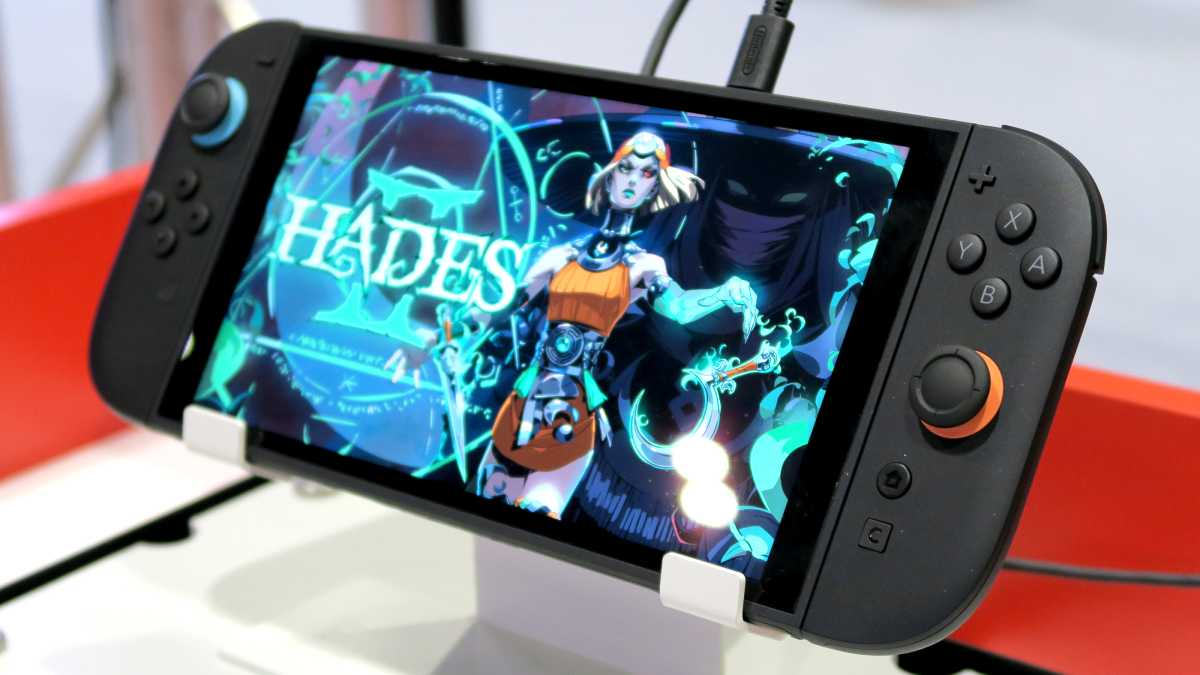
Foundry | Alex Walker-Todd
But it can’t be answered yet—not when so many other questions sit on the table as well:
- Where can we expect to see these chips? Laptops seem most likely, but we don’t know yet in which segments. Brad wants to see them in $500 to $1,000 mainstream laptops. But they could appear in cheaper gaming laptops as well (or just instead). Mini-PCs also could end up spreading the love, too.
- Would mini-PCs benefit more than laptops? Interest in mini-PCs has steadily climbed in recent years, with more vendors producing them — and the vast majority run on AMD’s Radeon-infused Ryzen APUs. This space could become hot with addition of RTX-infused processors, as affordable gaming for the masses slips further out of reach. I’d love to see a return of gaming NUCs the size of VHS tapes. (Shout out to Hades Canyon and its Kaby Lake-G processor, the hybrid SoC that temporarily united Intel and AMD in similar fashion as this Intel-Nvidia venture.)
- What happens now for Qualcomm? Qualcomm is still chiseling at a foothold in laptops—will its ambitions be limited to reigning as the battery life champ? Though, that fate wouldn’t necessarily be a bad thing, as it carves a clear spot for the company to rule. AMD would have the more awkward position, without a distinctive lane it yet owns for notebooks.
- Will budget discrete graphics get a boost…or a nerf? I’d love to see laptops in the $500 to $700 range get RTX integrated graphics, both thin-and-light or gaming models alike. But what if that results in the abandonment of RTX 50-class graphics (e.g., 5050)? Would an Intel CPU with RTX integrated graphics perform as well? Or would the 50-class discrete mobile GPUs disappear and result in a downgrade of performance at the same prices?
- Is Arc dead? I heard this question the most last week, more than any concerns about AMD’s future. We ended up debating this idea during this week’s show, with most signs pointing to “No”—if for no other reason than Intel avoiding too much dependence on Nvidia.
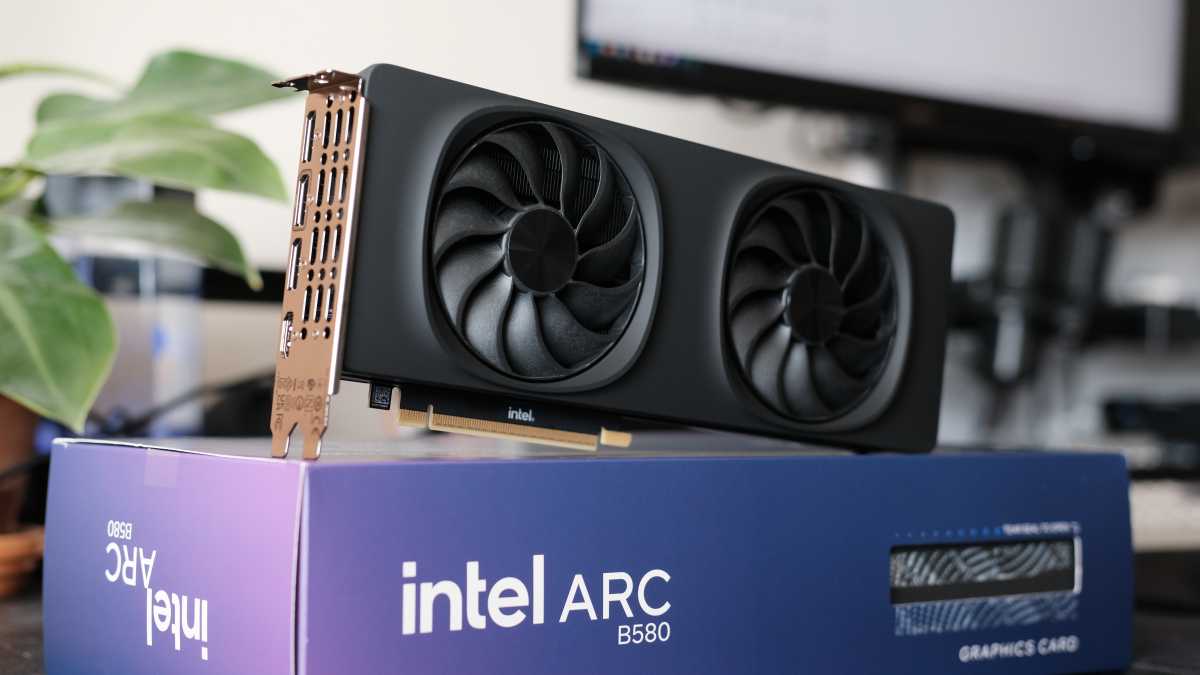
Adam Patrick Murray / Foundry
Ultimately, the fruits from this partnership won’t show for a few years. That gives AMD time to continue gaining ground and entrenching against Intel. It’s not in a weak position—Team Red is currently estimated to reach about 40 percent market share for data centers in 2025, and it has long-standing relationships with Microsoft and Sony. AMD’s modern Ryzen CPUs are simply better than Intel’s right now; because of that, Ryzen desktop adoption surged in recent years, and the company enjoys a virtual stranglehold in handhelds. Plus, AMD could use its competitors’ ramp-up period to make further inroads on the laptop front.
That last point is a tall order, with Intel holding close to 80 percent of the laptop market. But AMD has shown a consistent ability to execute its roadmap, as evidenced by Intel’s decline—it used to hold over 90 percent for mobile CPUs. If AMD focuses even more attention there before Intel rights its ship, those numbers could change more dramatically.
Because AMD also has one more key factor in its corner: Intel and Nvidia remain separate companies. They could stay aligned for just a handful of years. Any threat to AMD may not be permanent.
Intel and Nvidia’s surprising partnership is a strategic response. Intel has struggled as of late, yes. But without the stress of current geopolitics, this historic agreement likely would have never come to pass. Such turbulence apparently makes strange bedfellows.
In this episode of The Full Nerd
In this episode of The Full Nerd, Adam Patrick Murray, Brad Chacos, Alaina Yee, and Will Smith dive into Nvidia’s $5 billion investment in (and partnership with) Intel, as well as security aggravations sparked by Microsoft’s beef with the WinRing0 driver. Apparently, Microsoft knows how to push Will’s buttons, because I’ve never seen him so indignant about anything.
(How indignant? I might have described him as looking like an angry, fluffy chicken to audio listeners of the show.)
But despite the theatrics from me and Will, Adam stole the show with this quote: “Windows—it’s trying its best.” Someday, I’ll learn the art of damning others with kind words.
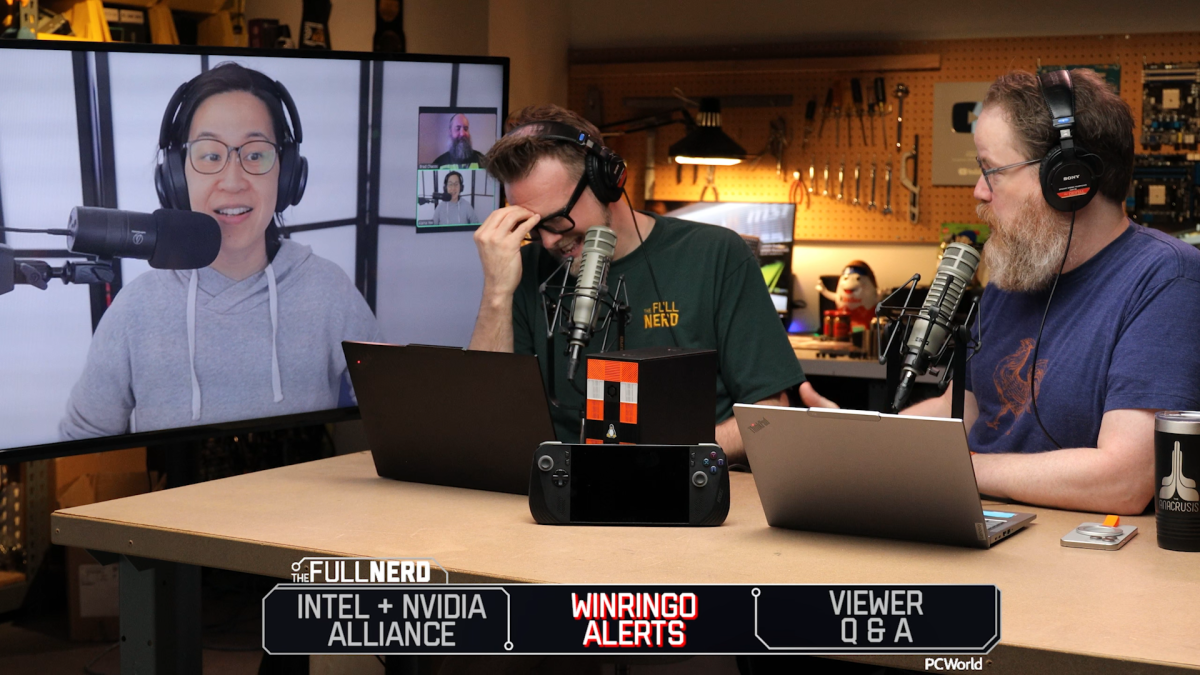
Alex Esteves / Foundry
Missed our live show? Subscribe now to The Full Nerd Network YouTube channel, and activate notifications. We also answer viewer questions in real-time!
Don’t miss out on our NEW shows too—you can catch episodes of Dual Boot Diaries and The Full Nerd: Extra Edition now!
And if you need more hardware talk during the rest of the week, come join our Discord community—it’s full of cool, laid-back nerds.
This week’s uplifting nerd news
What crossed my desk this week had a practically rosy tinge, with fun gems spanning both science and technology. (One exception was yet another security hazard, but such are the times we live in.)
Plus, I found an excuse to have cake. Doesn’t have to be my birthday to celebrate, right?
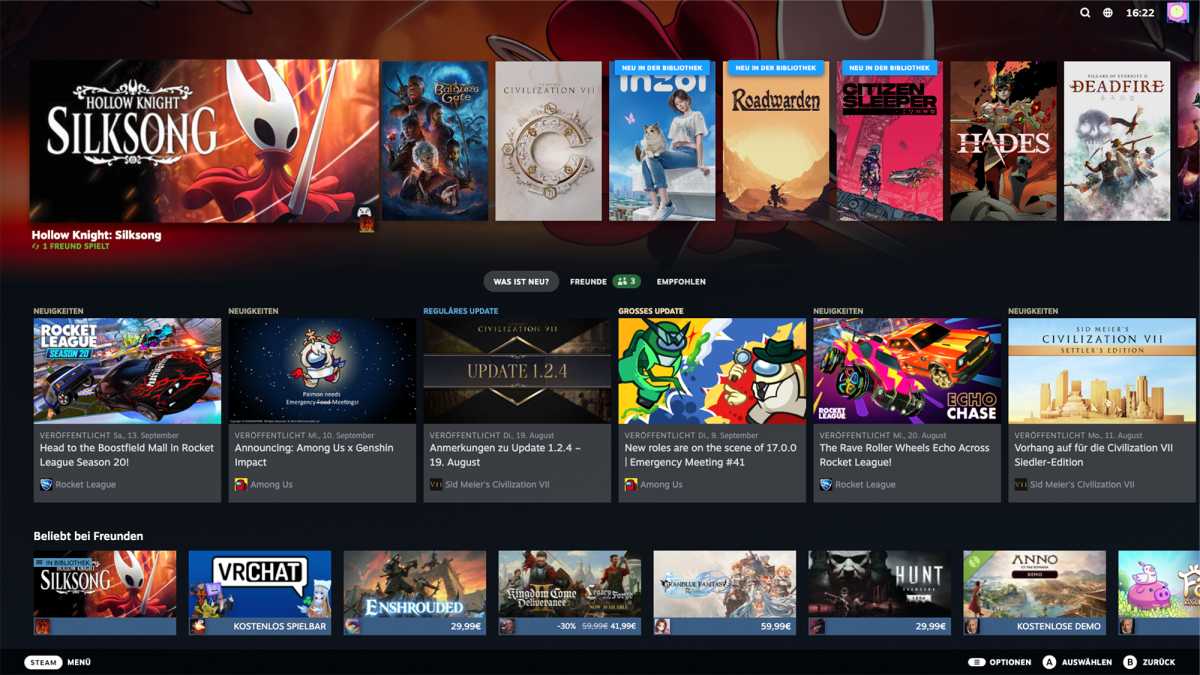
Eugen Wegmann
- Why YTX? I can see the appeal of an expanded (wider) version of mini-ITX for some builders. I’m not one of them yet. Still thinking on it.
- Qualcomm is still scrapping: Qualcomm wants the focus to be on performance for its new Snapdragon X2 Elite chips, but “multi-day” battery life is still what stands out for me, due to software support.
- Dogs can sort their toys by function: I love cats. But dogs win my heart in far less destructive ways. (Yes, I know I should probably rethink my fondness for furry jerks who destroy glass tumblers, vases, and even Brad’s personal laptop.)
- I don’t feel as bad about my Steam backlog now: I can’t imagine owning 40,000 games. I can’t imagine spending $250,000 on games. I can’t imagine dropping $250K on games alone, not including DLC. Holy cow.
- Careful, malware in games wants your crypto: A Twitch streamer lost $30,000 of crypto to malware, pushed through what was a legitimate game. This kind of attack is on the rise—so be careful of not just what you download, but what you keep installed on your system.
- I love how science and technology intersect: Goop-powered encryption is just the latest incredible concept. Combined with earlier reports about storing data in DNA, I can’t wait to see what the future will look like in 20 years.
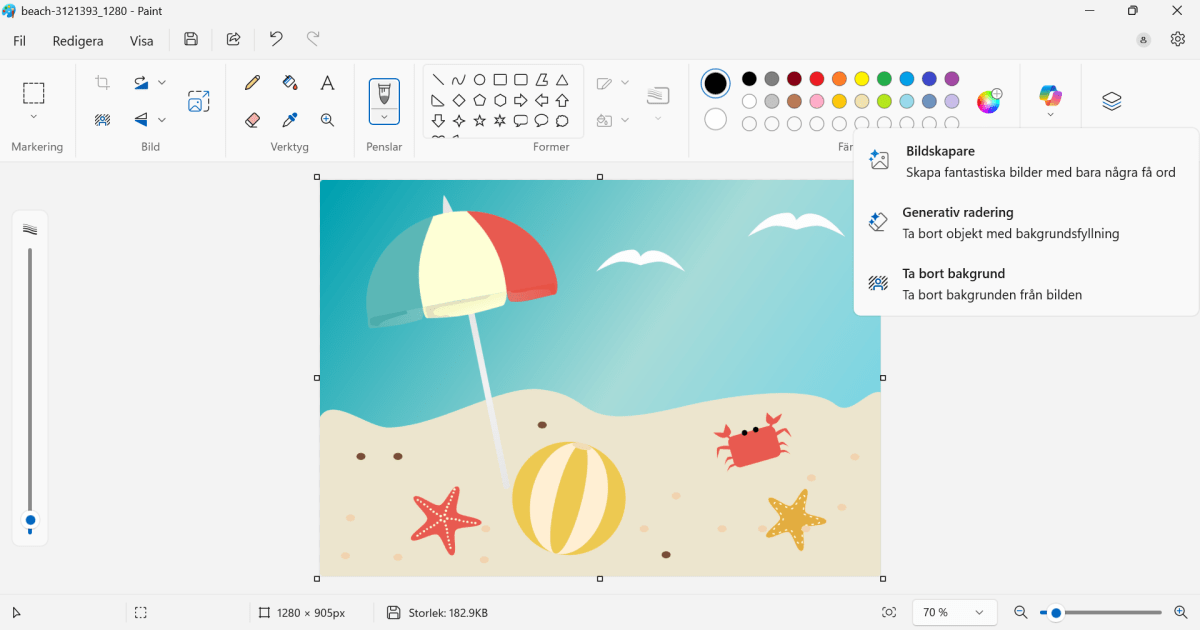
Foundry
- Microsoft Paint is going to support layered files?! I don’t know the last time I felt excitement about a Microsoft app update, but here we are.
- Maybe it’s a CD. Maybe it’s a PC? I almost mistook Qualcomm’s ultra-thin, presumably concept PC for an old-school media disc. I hope it becomes real.
- Earth’s had a hidden quasi-moon companion for 60 years: Space feels a little less (emotionally) cold to me now.
- You can now relive early 2000s case design: Silverstone’s retro FLP02 PC case is out. It’ll cost you a lot of money if you live in the U.S. I’m pretty sure if you’re buying this, you won’t care.
- ‘You can hold on to your butts thanks to DNA that evolved in fish’: This headline from Ars Technica’s John Timmer is just too good not to quote directly. Also, what?
- Happy birthday, Windows NT! I’m still grateful you paved the way for Windows 2000. (Hands-down my vote for the GOAT of all Windows versions — I still reminisce about my legendary uptimes.)
Catch you all next week—hopefully by then, I’ll be able to show off a new PC case I’ve been excited about. This little aesthetic upgrade is just in time for the change of the seasons.
~Alaina
This newsletter is dedicated to the memory of Gordon Mah Ung, founder and host of The Full Nerd, and executive editor of hardware at PCWorld.
This articles is written by : Nermeen Nabil Khear Abdelmalak
All rights reserved to : USAGOLDMIES . www.usagoldmines.com
You can Enjoy surfing our website categories and read more content in many fields you may like .
Why USAGoldMines ?
USAGoldMines is a comprehensive website offering the latest in financial, crypto, and technical news. With specialized sections for each category, it provides readers with up-to-date market insights, investment trends, and technological advancements, making it a valuable resource for investors and enthusiasts in the fast-paced financial world.
